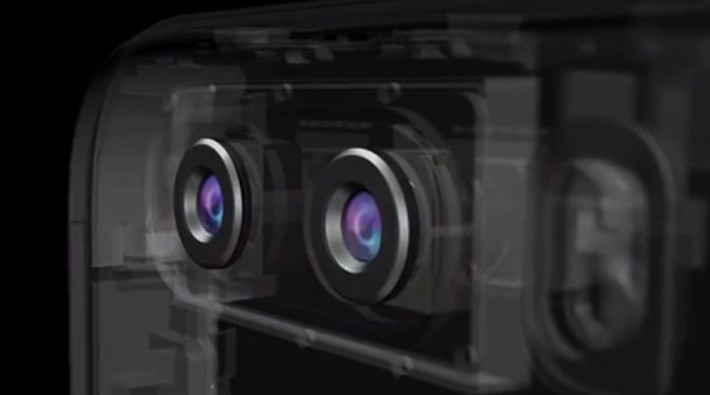Since 2013, the Galaxy Note has been always one of Samsung’s most coveted premium smartphones. But in 2017, it is all set to break record records. A recent update reveals that it has a 6.3-inch Infinity Display and dual rear cameras, while replicating the Samsung Galaxy S8 in many ways.
Millions of smartphone buyers were stumped when the Galaxy S8 series finally came out, many even wondering whether the iPhone 8 was worth the wait. But Samsung Galaxy Note 8 is said to be the one of 2017’s best smartphones from Samsung – and their most expensive cellphone yet, marked up to retail at €999 (over $1,100).
For a while, Samsung has been in a race to integrate the fingerprint reader into the display, like the iPhone 8. But now, it seems as though the Samsung fans will face more disappointment, especially after reading about the new features that iPhone 8 promises.
Such compromises from Samsung could ratify a problem if Apple does manage to pull off a much anticipated feature bump and redesign. iPhone 8 is expected later in 2017, and the price range is expected to be similar to that of the Galaxy Note 8.
On the other hand, if Samsung is successful with its work on the fingerprint sensor, then it becomes a big question for smartphone buyers – Galaxy Note 8 or iPhone 8?
Olixar, being so confident in its information and having its track record solidly backed, has put three ranges of the Galaxy Note 8 case – X- DUO, Flexi shield, ultra-thin – for pre-order in UK and US sites ranging from £4.99 to £19.99.
There’s no doubt that iPhone 7 doesn’t stand a chance against Samsung’s Galaxy S8 and the Infinity Display, with the latter being nearly 20% better on sharpness, brightness, contrast and even size. It is the first Mobile HDR-accredited smartphone screen offering dramatically better contrast.
Comparing 2016 and 2017 smartphones usually results in vanquishment in at least one category for the older model, and for the Galaxy S8 it is the display that trumps iPhone 7:
- Galaxy S8 – 5.8-inch Super AMOLED, 2960 x 1440 pixels (570 ppi pixel density), 83.6% screen-to-body ratio, Corning Gorilla Glass 5
- iPhone 7 – 4.7-inch LED-backlit IPS LCD, 1334 x 750 pixels (326 ppi), 65.6% screen-to-body ratio
But when you pit the Galaxy S8 – or even the Galaxy Note 8 – against this year’s iPhone 8, that advantage might no longer be there. Apple’s display technology will go beyond merely using OLED panels, and we’re sure to see some fireworks as both models are launched, practically back to back.
Apple’s real target here is to show that their use of OLED on iPhone 8 can take the user’s experience beyond what Infinity Display provides. Can it really do that, considering its infancy in OLED deployment? All other factors aside, this is what it will boil down to in the end.
Thanks for visiting! Would you do us a favor? If you think it’s worth a few seconds, please like our Facebook page and follow us on Twitter. It would mean a lot to us. Thank you.



